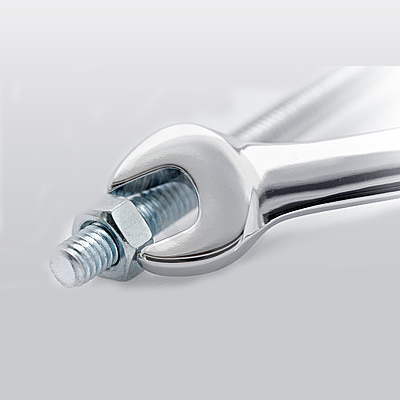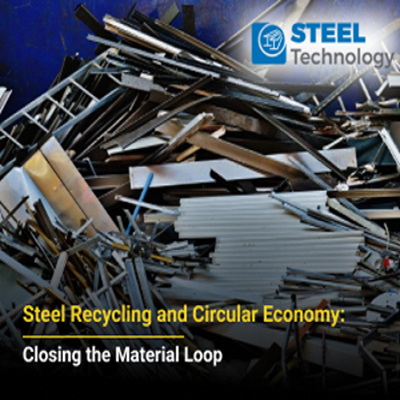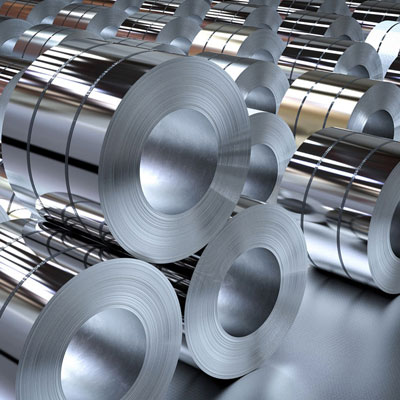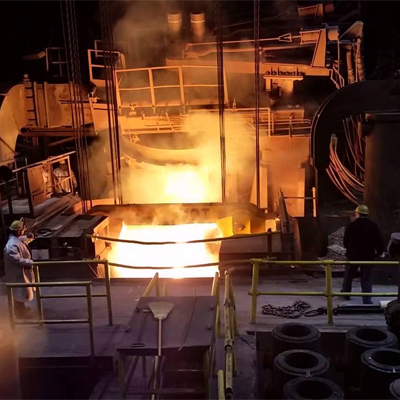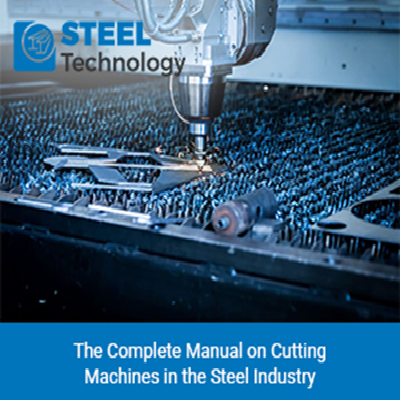Maximizing Quality and Reducing Costs: The Continuous Casting Advantage
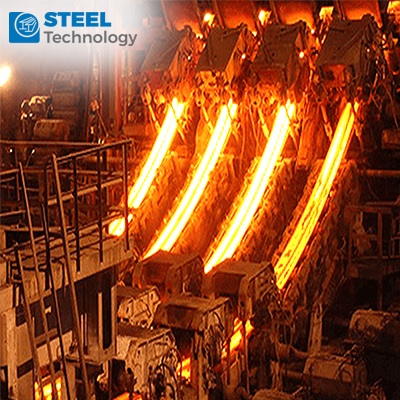
In the domain of modern manufacturing, continuous casting stands out as a pivotal technology, driving significant advancements in both product quality and cost efficiency. This transformative process, essential in industries ranging from steel production to aluminum manufacturing, offers substantial benefits over traditional casting methods. By delving into the intricacies of continuous casting, we can appreciate how it maximizes quality and reduces costs, thereby revolutionizing industrial production.
The Fundamentals of Continuous Casting
Continuous casting is a process wherein molten metal is solidified into a semi-finished billet, bloom, or slab for subsequent rolling in finishing mills. Unlike traditional ingot casting, which involves pouring molten metal into molds and allowing it to cool, continuous casting involves pouring the molten metal into a mold and continuously withdrawing the solidified product from the other end. This method ensures a more uniform solidification process, reducing the occurrence of defects and improving overall material properties.
A. Enhancing Quality through Continuous Casting
a. Uniformity and Consistency: One of the primary advantages of continuous casting is the uniformity it offers. The process ensures a consistent cross-section and composition of the cast product, leading to superior mechanical properties. This uniformity is crucial for industries requiring high precision and reliability in their materials, such as automotive and aerospace.
b. Reduction in Defects: Continuous casting minimizes the formation of common casting defects like porosity, segregation, and shrinkage. The controlled cooling rates and continuous extraction reduce the risk of these defects, resulting in higher quality end products.
c. Improved Mechanical Properties: The continuous nature of the process leads to finer grain structures and improved mechanical properties. This is particularly beneficial for applications where strength, ductility, and toughness are critical.
d. Surface Quality: The surface quality of continuously cast products is generally superior to that of ingot cast products. This results in reduced need for subsequent surface treatments, saving time and costs in the manufacturing process.
B. Cost Reduction through Continuous Casting
a. Efficiency in Production: Continuous casting is inherently more efficient than traditional batch casting. The continuous process reduces downtime and increases throughput, leading to significant cost savings. The ability to produce large volumes of material without interruption is a critical factor in cost reduction.
b. Material Utilization: Continuous casting optimizes material usage by reducing waste. The precision and control in the process minimize the amount of scrap produced, ensuring that more of the raw material is converted into usable product.
c. Energy Savings: The energy efficiency of continuous casting is notable. The process requires less energy per unit of output compared to traditional casting methods. This is due to the continuous operation and the elimination of the need for re-melting and re-heating ingots.
d. Labor Costs: Automation and continuous operation reduce the need for manual labor. While initial setup and maintenance of continuous casting equipment require skilled personnel, the overall labor requirements are lower than those for traditional casting methods.
e. Reduction in Downstream Processing: The high quality and uniformity of continuously cast products reduce the need for extensive downstream processing. This includes less machining, fewer inspections, and reduced rework, all of which contribute to cost savings.
C. Innovations and Future Directions
a. Advanced Control Systems: The integration of advanced control systems and automation technologies in continuous casting processes enhances precision and efficiency. Real-time monitoring and adjustments ensure optimal conditions throughout the casting process, further improving quality and reducing costs.
b. Alloy Development: Ongoing research in alloy development focuses on creating materials specifically suited for continuous casting. These alloys exhibit better flow characteristics and solidification properties, enhancing the overall efficiency and quality of the process.
c. Sustainability Initiatives: The continuous casting industry is also exploring sustainable practices. Efforts to reduce energy consumption, recycle materials, and minimize environmental impact are becoming increasingly important. These initiatives not only contribute to cost savings but also align with global sustainability goals.
d. 3D Printing Integration: The potential integration of continuous casting with additive manufacturing technologies, such as 3D printing, opens new avenues for innovation. This hybrid approach could lead to the production of complex, high-quality components with reduced lead times and costs.
Conclusion:
Continuous casting stands as a testament to the advancements in industrial manufacturing technology. By maximizing quality and reducing costs, it provides a competitive edge to manufacturers across various industries. The continuous improvements in process control, material science, and sustainability further enhance its advantages. As industries continue to evolve, continuous casting will undoubtedly play a crucial role in shaping the future of efficient, high-quality manufacturing.
In embracing the continuous casting advantage, manufacturers can look forward to a future where high-quality products are produced more efficiently and cost-effectively than ever before. This not only benefits the industry but also contributes to the broader goals of innovation, sustainability, and economic growth.






